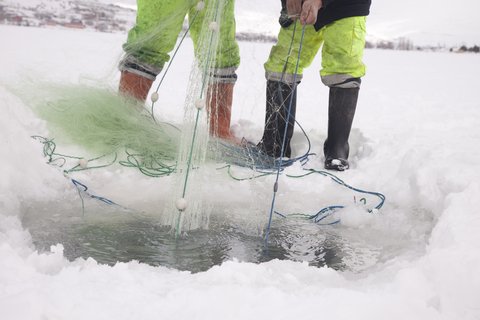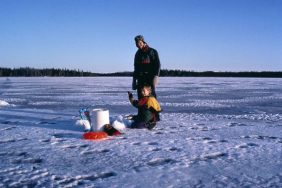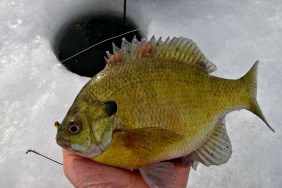If you are one of the anxious ones ready to get out on your snowmobile, snowshoes or skis, the beginning stages of winter can be one of the most treacherous.
Determining whether a section of ice is thick enough to cross can be a nerve wracking task if you are not armed with the proper knowledge and experience. For ice fishing this is especially important.
In South Dakota, where mild temperatures and a light snow fall has obscured the ice on lakes, rivers and streams, officials with the Game, Fish and Parks Department are urging caution.
“Ice conditions across the state are not very good right now,” said John Lott, GFP fisheries administrator in a press release. “Repeated freezing and thawing have made for poor ice and open areas on many of our lakes.”
Ordinarily, it takes at least two inches of ice to support a full grown person, six inches to support an ice shack and a foot for a vehicle. But that only applies to strong, clear ice. When the ice looks cloudy or dark because of warmer conditions, it’s not be as strong.
Officials also warned that just because the ice is thick near the shore doesn’t mean it’s the same thickness throughout.
Before venturing out on the ice it’s always a good idea to let someone know where you’re going, carry a flotation device and drill test holes to measure the thickness of the ice as you go along.
Photo credit: Dreamstime








